PuttLink Smart Golf Ball Review
Joel Tadman tests this smart golf ball used to provide data analysis on your putting performance to see if it works as advertised
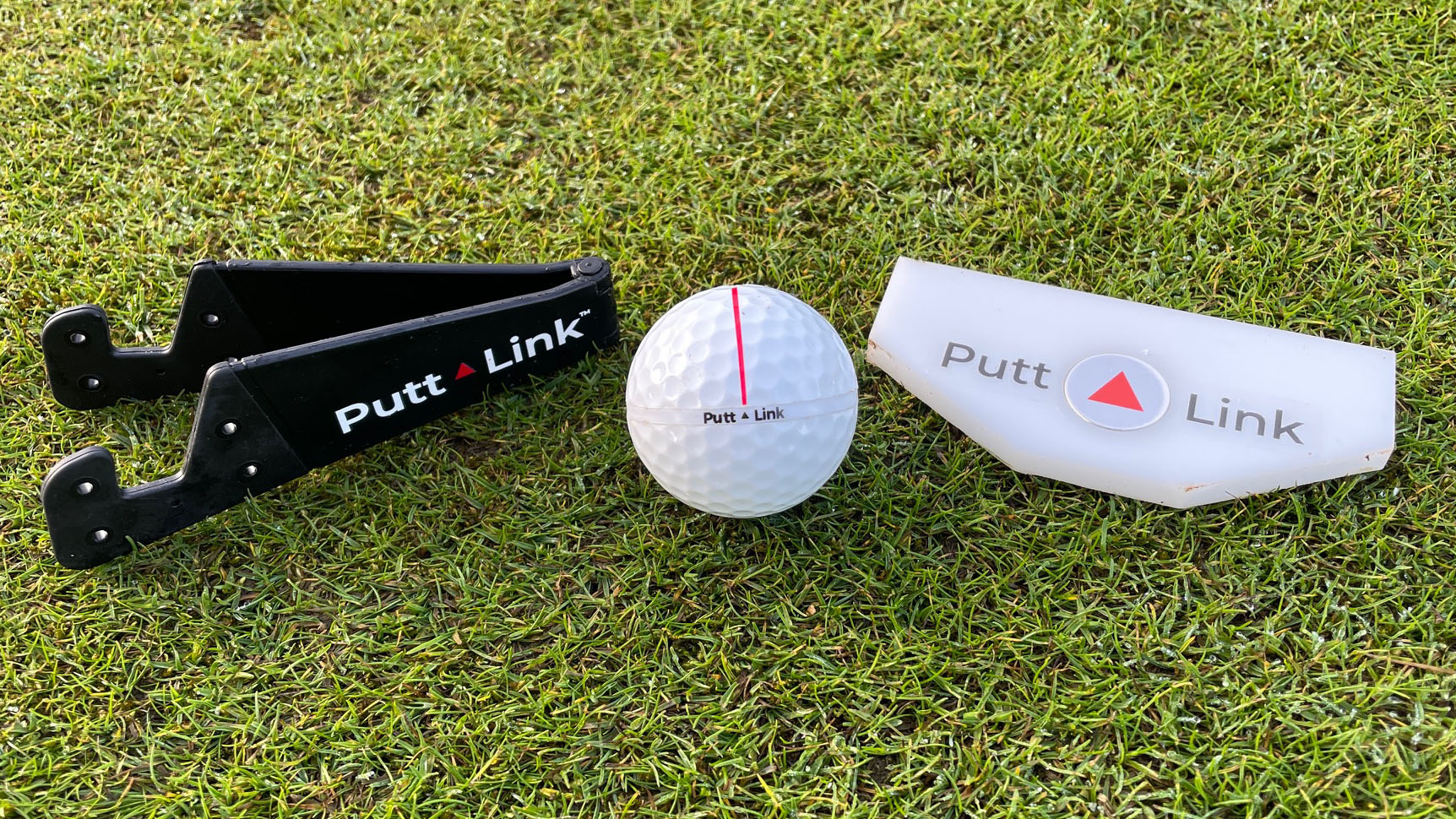
PuttLink is a good way to gain statistical insights on your putting during practice while also making your sessions more effective. If putting is your weak area and you’re serious about lowering your handicap, it could be the tool you need to get better.
-
+
Provides useful, varied insights into putting performance
-
+
Variety of features
-
+
Fairly straightforward to use
-
-
Ball has a hollow feel to it
-
-
Did fail to track some putts, albeit infrequently
Why you can trust Golf Monthly

Putting practice, let's face it, can be fairly monotonous. Even when you’re holing putts, the lack of any data or measurements means you can never tell if your stroke is improving or if you just got lucky and it can be difficult to introduce an element of pressure, which would better replicate the situations golfers face on the course.
Step forward PuttLink, a relatively simple and cost effective ($199) golf training aid that quantifies your putting performance in practice, helping you gain a better understanding of where you need to improve. It can also provide challenges to make sessions more interesting.
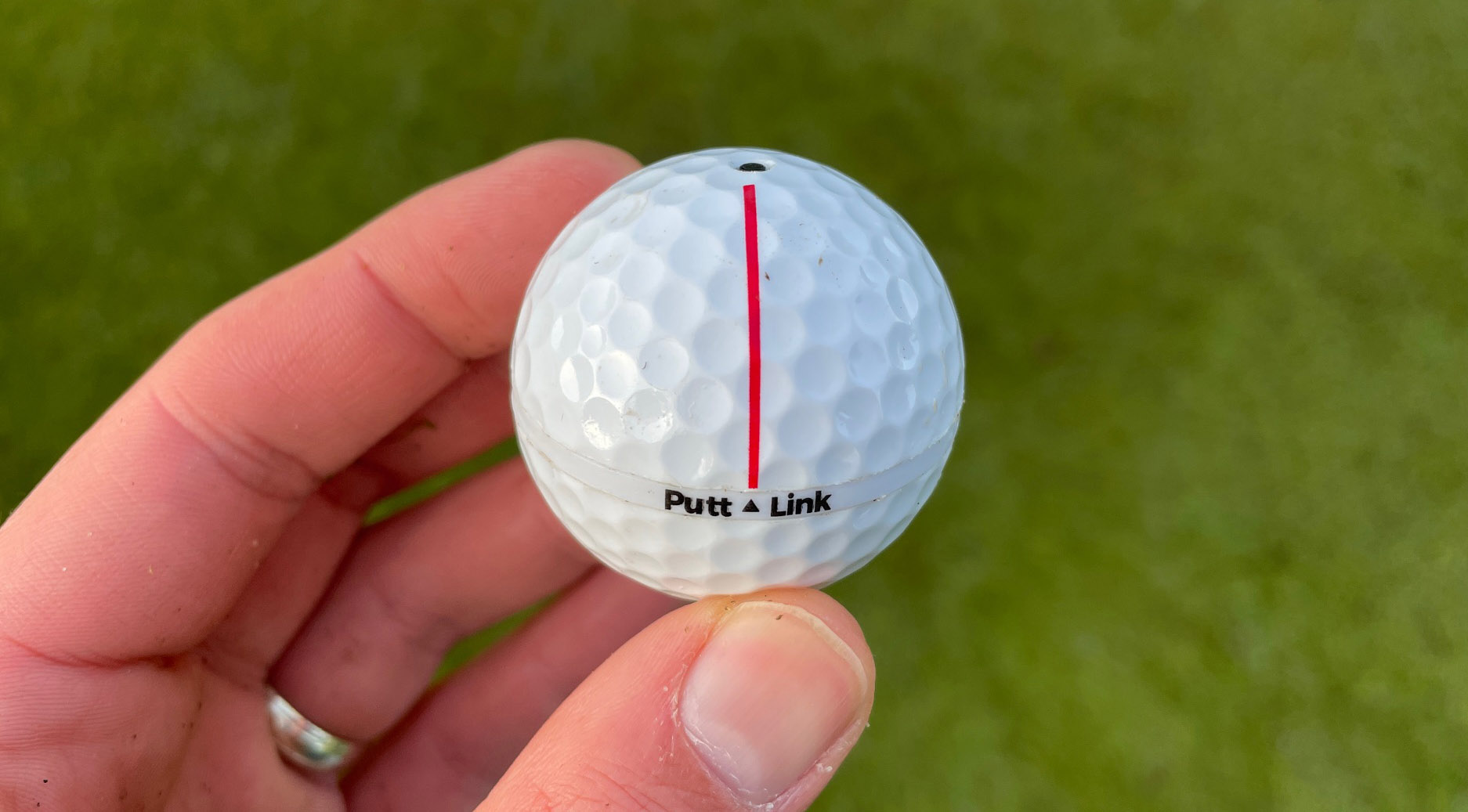
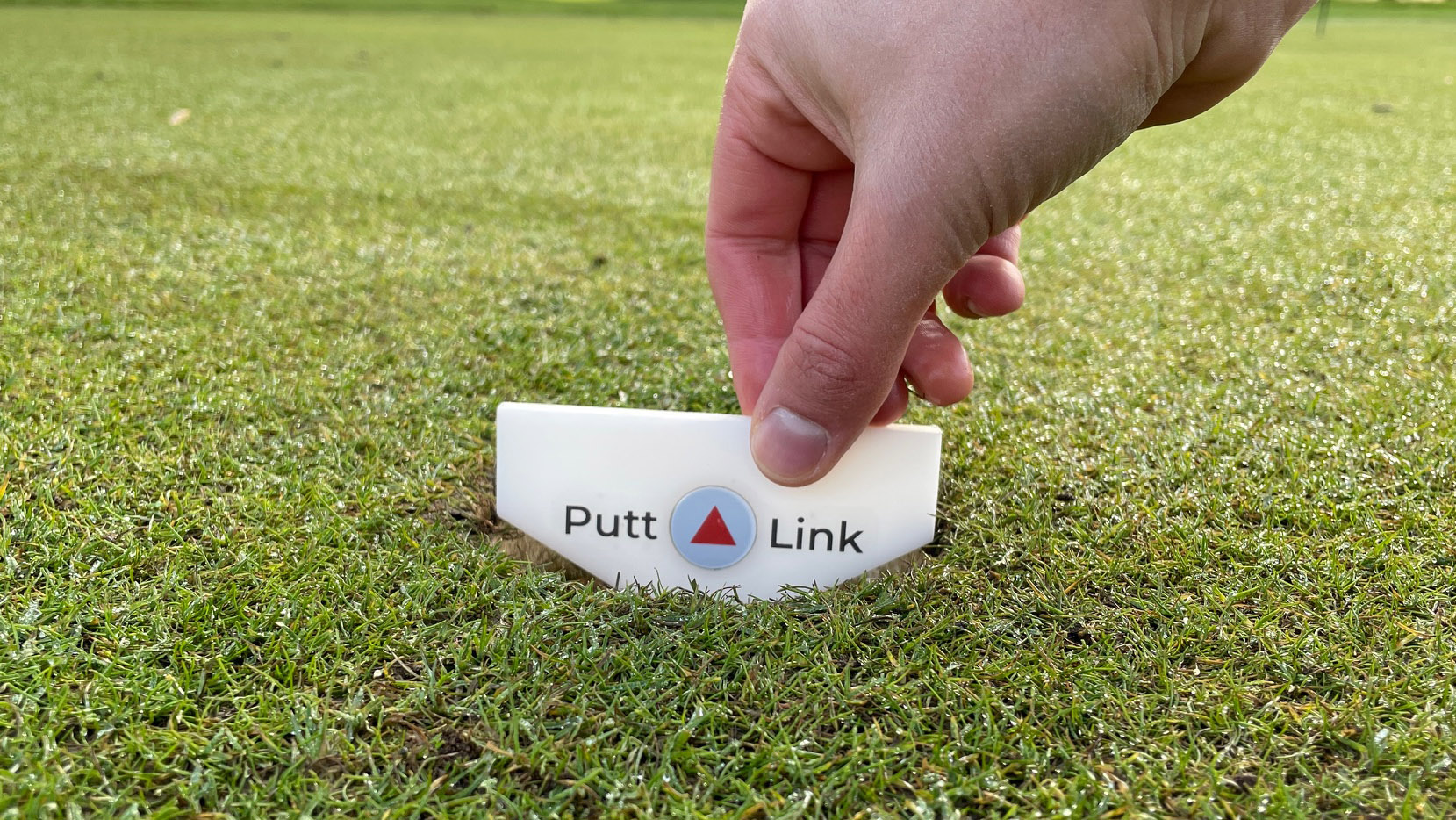

It comprises a smart golf ball that connects wirelessly to the free PuttLink app on your smartphone, be it iOS or Android. To pair the ball to the phone, you press down on the ball’s small button using a tee peg (one is included in the box). Once connected, the PuttLink app displays data received from the Smart Ball on your device in real-time - these include things like roll distance, velocity, entry pace, make or miss, even the stimp reading of the green your putting on. Once paired, set it down behind the putter with the button facing up, the red line going towards your target.
The first thing to cover here is the design of the ball. It does have a slightly hollow feel to it, which is to be expected given the technology that has to have been incorporated into the ball. But it’s not a million miles away from the premium ball I typically putt with, especially in terms of speed off the face, so the transition was easy to make. It’s also clearly been made in two halves joined together, but it didn’t seem to noticeably affect the roll in testing.
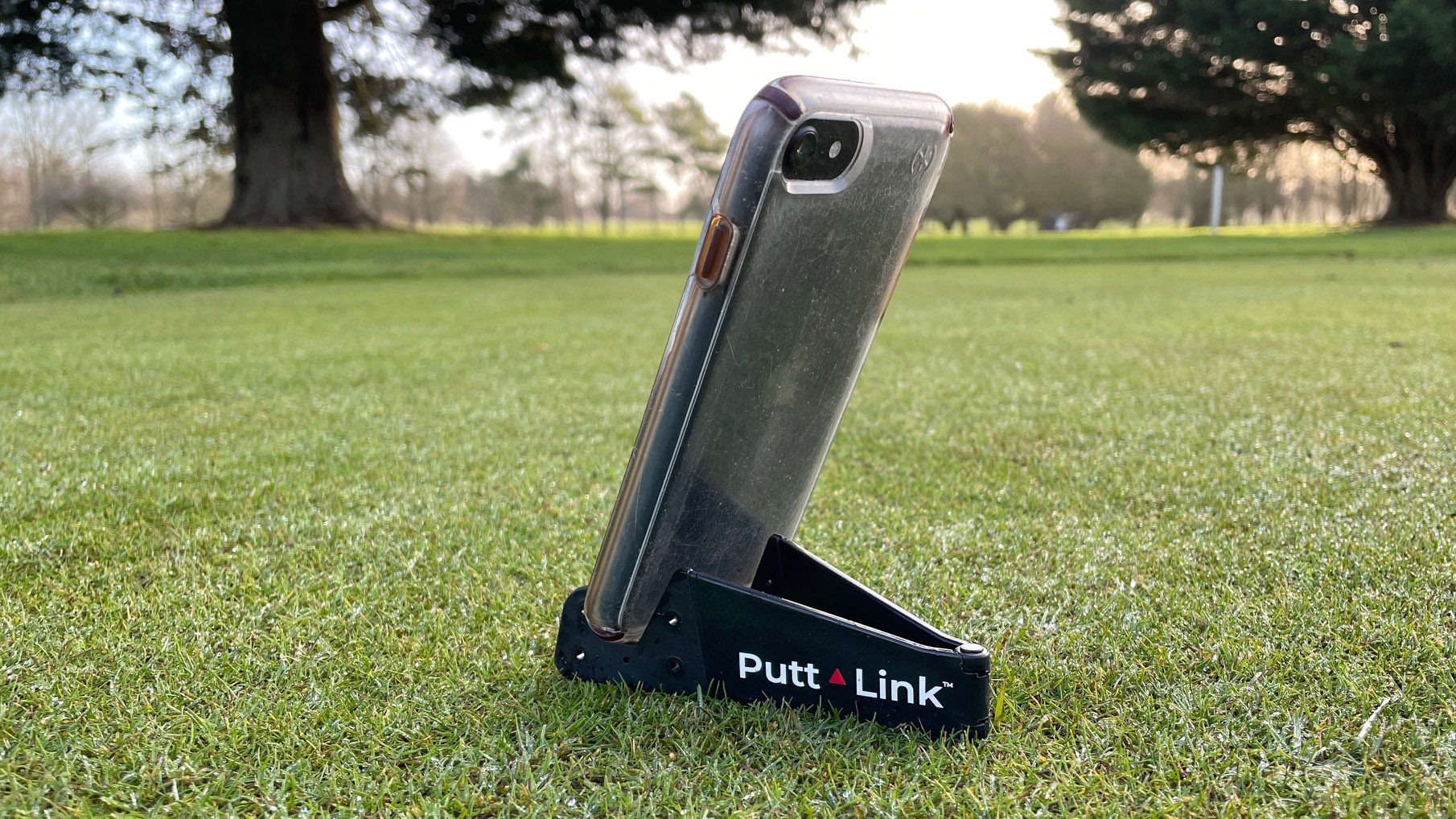
You can position your phone either in your lead pocket or on a little stand, which is also included in the box. In truth, this is a little flimsy, but with some fiddling around you can get it to stand up at the angle you want.
One way to get the most out of PuttLink is to place the cup insert inside the hole - this then allows it to track whether you miss or make putts as well as some of the speed and distance elements. It also allows you to work on your entry speed - you can work on dropping putts in the front edge, firing them in firmly or somewhere in between and PuttLink will tell you if you’ve succeeded. I always went back to the make/miss feature from different distances - it’s a simple way to see how good you are and which distance you need to improve from. PuttLink has a range of 30 feet, but a lot of the features only go up to 15 feet - so it’s designed more for dialling in makable putts rather than working on pace control from long range.
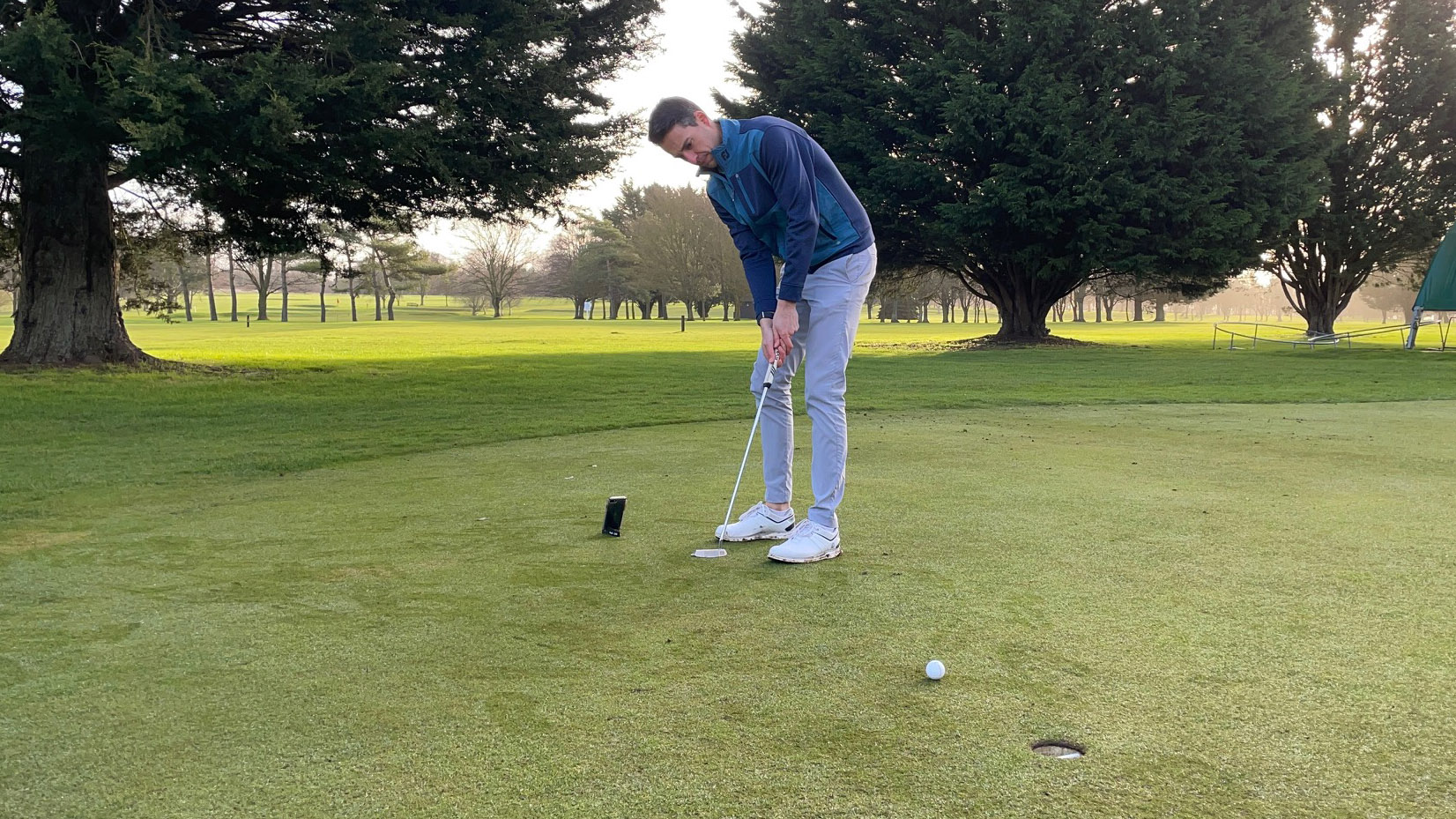
Another feature you might find useful is the stimp meter, which will tell you the stimp reading on any given day if you make a series of putts from 15 feet on a flat part of the green. It’s hard to know how accurate this really is, but I can see how this might be helpful in calibrating your feel before you tee off on an important round. I found it useful to use this alongside the Distance Hitter feature, where you set a target distance on the app and try and hit the ball to it.
Subscribe to the Golf Monthly newsletter to stay up to date with all the latest tour news, equipment news, reviews, head-to-heads and buyer’s guides from our team of experienced experts.
On the app you need to remember to set to 'auto' once you start so you don’t have to keep pressing ‘ready’ before each putt - do this and it gives you enough time to retrieve your ball and replace it. It lets out a nice ‘ding’ sound once each putt is logged, although I’d say it probably missed one out of ten putts. Once you’ve finished your session, you can review your data on the app’s stats section - where you’re greeted with some graphs and tables that display your performance. It’s pretty basic but tells you everything you need to know.

I’ve only used PuttLink outside thus far - it does work indoors when there’s a good amount of natural lighting too though. The battery inside the ball is currently not rechargeable but is expected to last up to two years and thousands of putts, so you’ll get a decent amount of practice sessions in before it runs out of juice. A one-year free replacement warranty is included, and a 2-year extended warranty option is available for $25.

Joel has worked in the golf industry for over 15 years covering both instruction and more recently equipment. He now oversees all equipment and video content at Golf Monthly, managing a team of talented and passionate writers and presenters in delivering the most thorough and accurate reviews, buying advice, comparisons and deals to help the reader or viewer find exactly what they are looking for.
One of his career highlights came when covering the 2012 Masters he got to play the sacred Augusta National course on the Monday after the tournament concluded, shooting a respectable 86 with just one par and four birdies. To date, his best ever round of golf is a 5-under 67 back in 2011. He currently plays his golf at Burghley Park Golf Club in Stamford, Lincs, with a handicap index of 3.1.
Joel's current What's In The Bag?
Driver: Titleist GT3, 9°, Fujikura Ventus Black 6 S shaft.
Fairway wood: Titleist TSR3, 15°
Hybrid: Titleist TSi2, 18°
Irons: Titleist T150, 4-PW
Wedges: Titleist Vokey SM10, 50°, 54° and 58°
Putter: LAB Golf DF3
Ball: 2025 Titleist Pro V1x